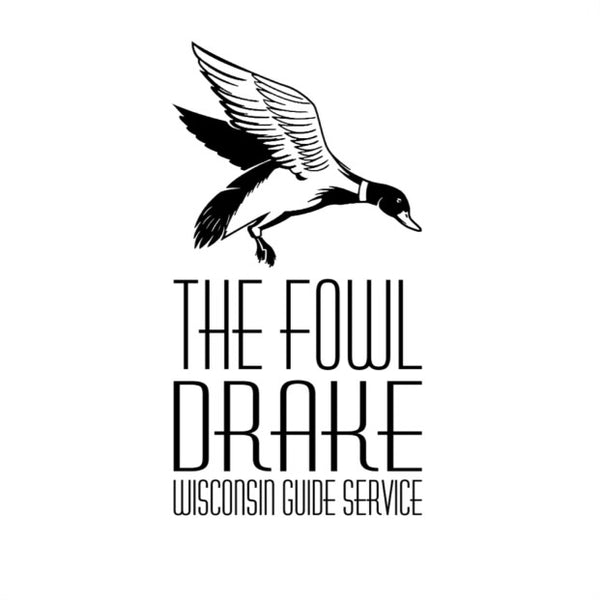Patterning Your Shotgun for Waterfowl Hunting
Patterning your shotgun is an important step in preparing for waterfowl hunting. By determining the pattern of your shotgun at different distances, you can ensure that you are using the right choke and ammunition for your hunting situation. In this blog post, we will discuss some tips for patterning your shotgun for waterfowl hunting.
Understanding Chokes
Chokes are designed to control the spread of shot as it exits the barrel of your shotgun. Different types of chokes, such as improved cylinder, modified, and full, will produce different patterns at different distances. Understanding the characteristics of each type of choke will help you to choose the right one for your hunting situation.
Choosing Ammunition
The type of ammunition you use can also affect the pattern of your shotgun. Different types of shot, such as steel, or bismuth will produce different patterns at different distances. It is important to choose the right type of shot for your hunting situation, taking into account factors such as the size and weight of the birds you are hunting and the distance at which you will be shooting.
Patterning Your Shotgun
To pattern your shotgun, you will need a large piece of paper or cardboard, a measuring tape, and a shotgun rest or sandbags to steady your gun. Set up your target at a distance of 20, 30, and 40 yards, and fire a shot at each distance. Examine the pattern of your shot on the target to determine the density and spread of your shot.
Making Adjustments
If your pattern is too dense, you may need to use a less restrictive choke or lighter ammunition. If your pattern is too open, you may need to use a tighter choke or heavier ammunition. It is important to experiment with different chokes and ammunition until you find the combination that produces the best pattern for your hunting situation.
Conclusion
Patterning your shotgun is an important step in preparing for waterfowl hunting. By understanding the characteristics of different chokes and types of ammunition, and by experimenting with different combinations, you can ensure that you are using the right equipment for your hunting situation. Remember to always follow all state and federal hunting regulations, and to practice responsible and ethical hunting practices. Happy hunting!

